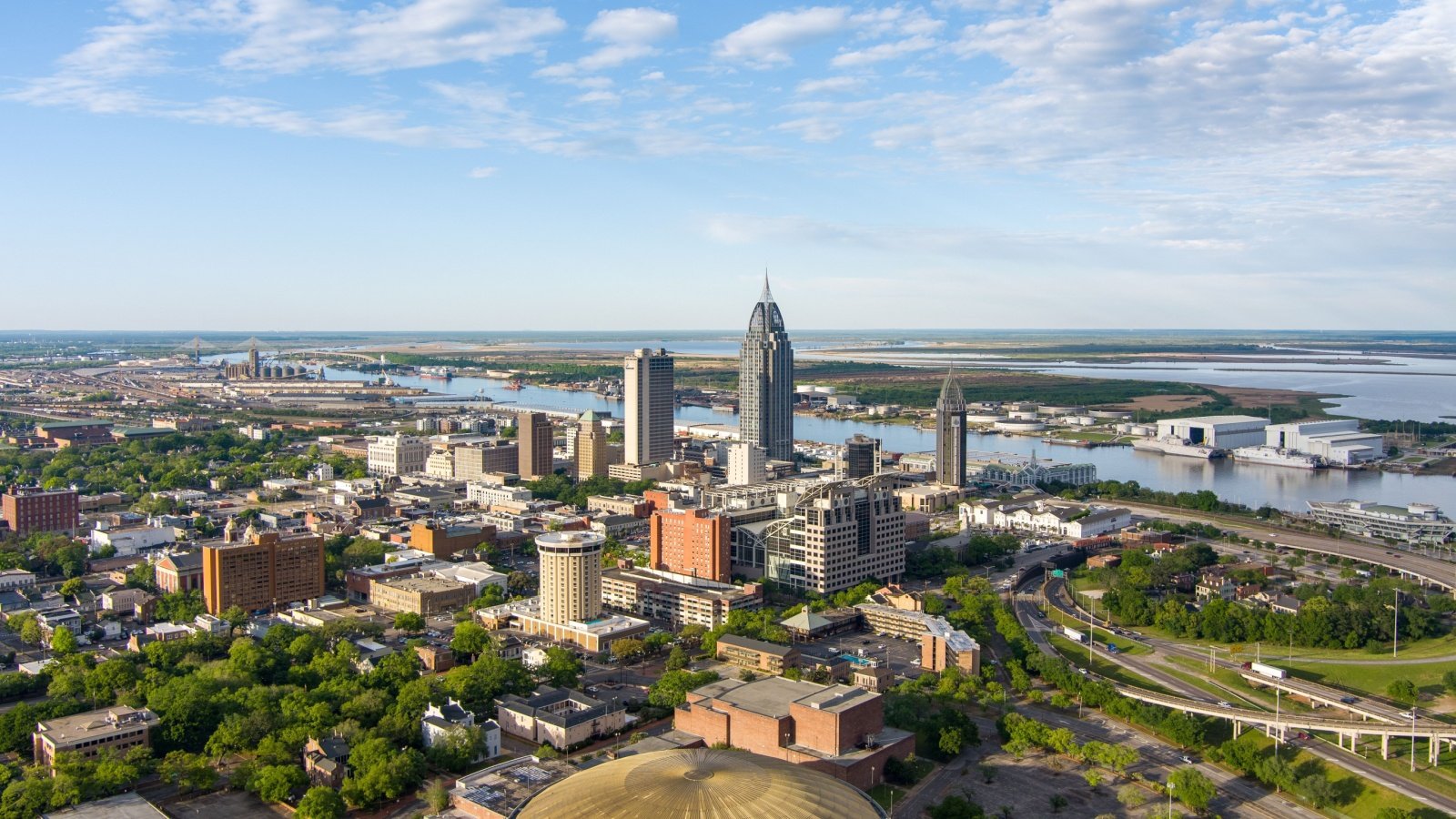Slavery is deeply embedded in the history of the U.S., but for some states, particularly in the south, slavery was fundamental to a functional economy. We’ll shine a light on this dark past which still resonates today. These states with the strongest ties to slavery reveal not just historical facts but also the enduring impact on their part of American society.
South Carolina
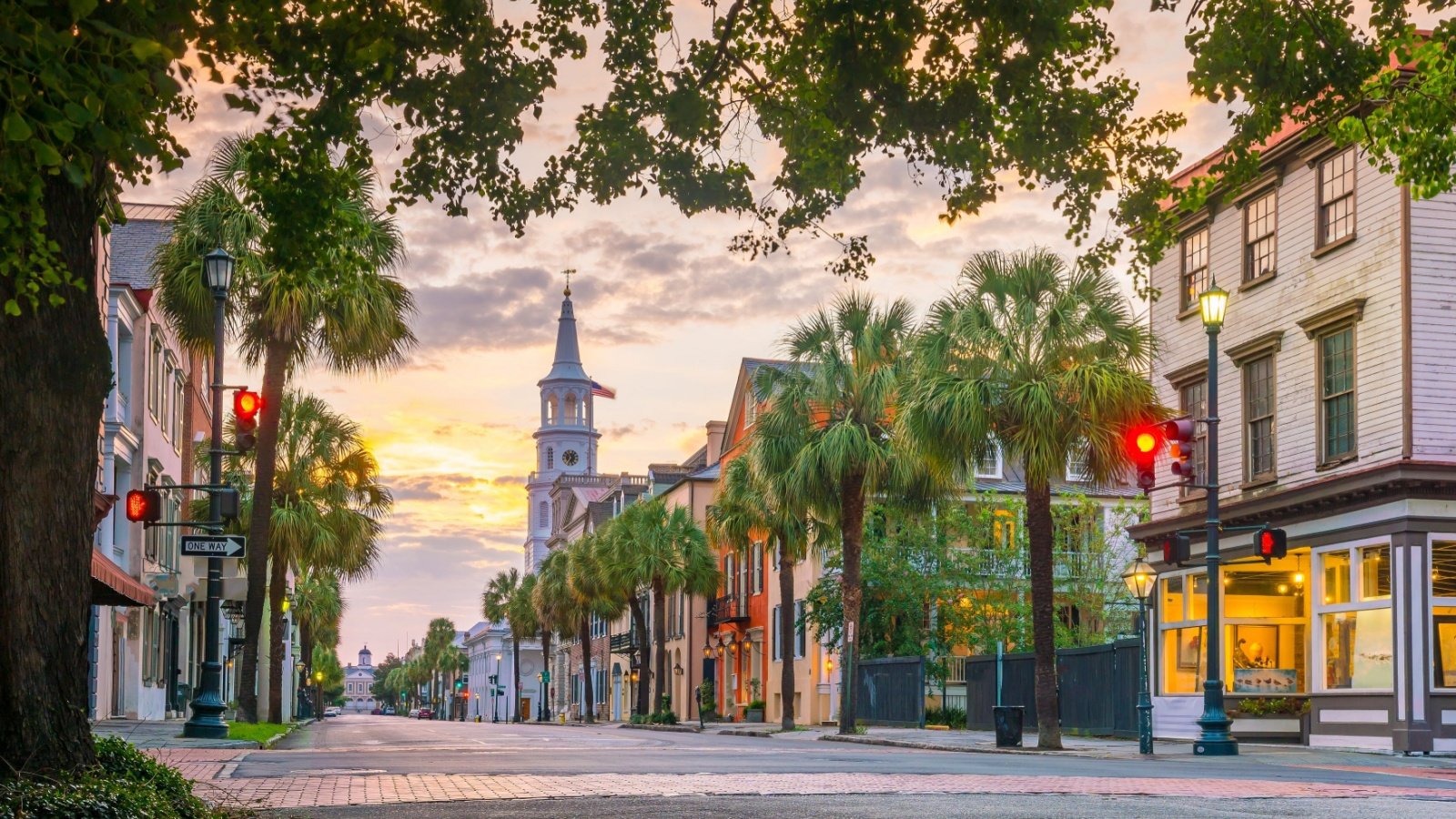
South Carolina’s economy was built on the back of enslaved labor, primarily on its rice and indigo plantations. The state’s population had a black majority for much of the 18th century due to the high number of enslaved Africans. Charleston served as a significant entry point for enslaved people, cementing its historical connection to slavery.
Louisiana
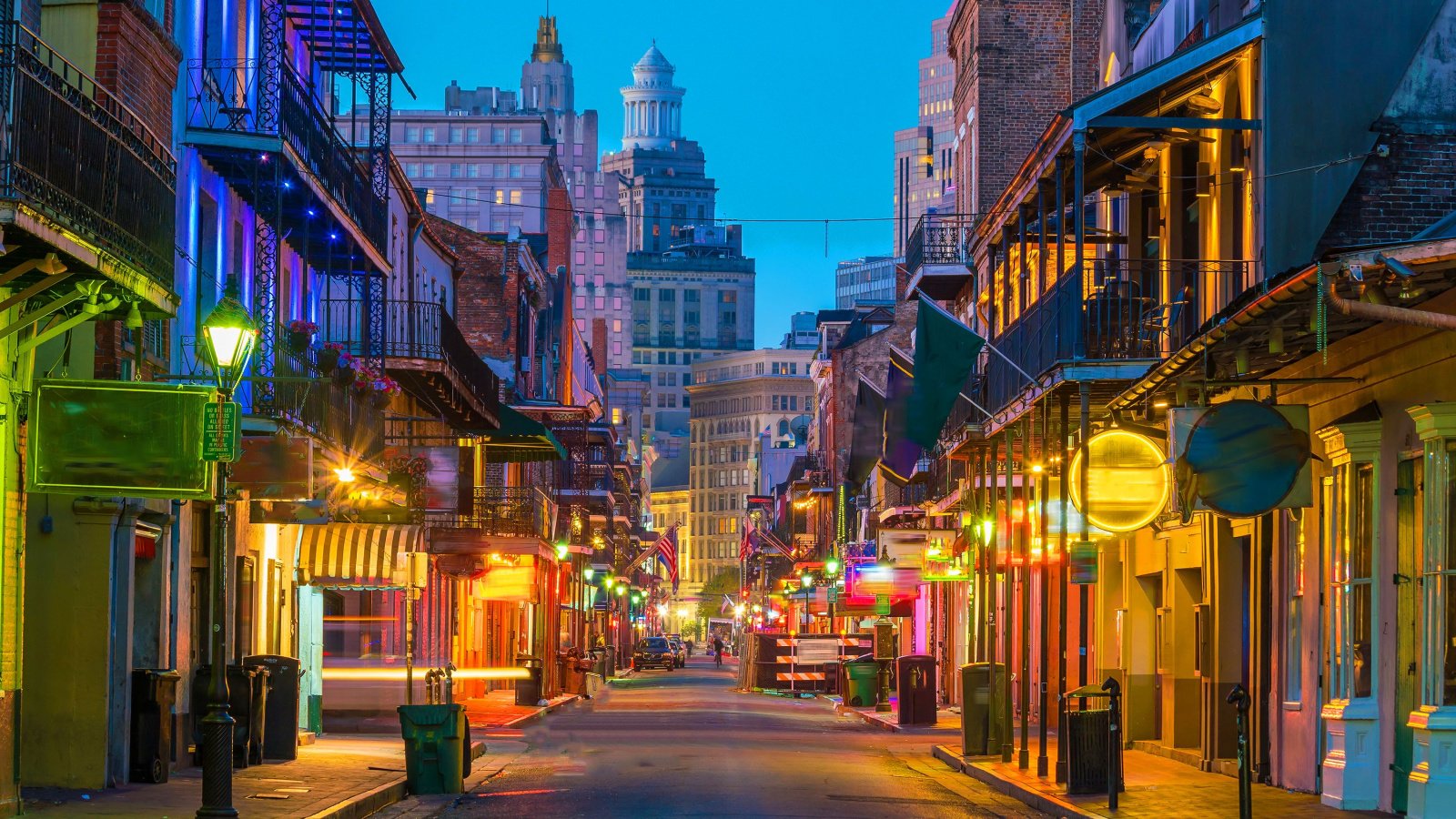
Louisiana’s complex history with slavery is tied to its French and Spanish colonial periods. The state’s economy thrived on sugar and cotton plantations, which relied on the brutal labor of enslaved people. New Orleans became a major slave market, where enslaved individuals were bought and sold in large numbers.
Georgia
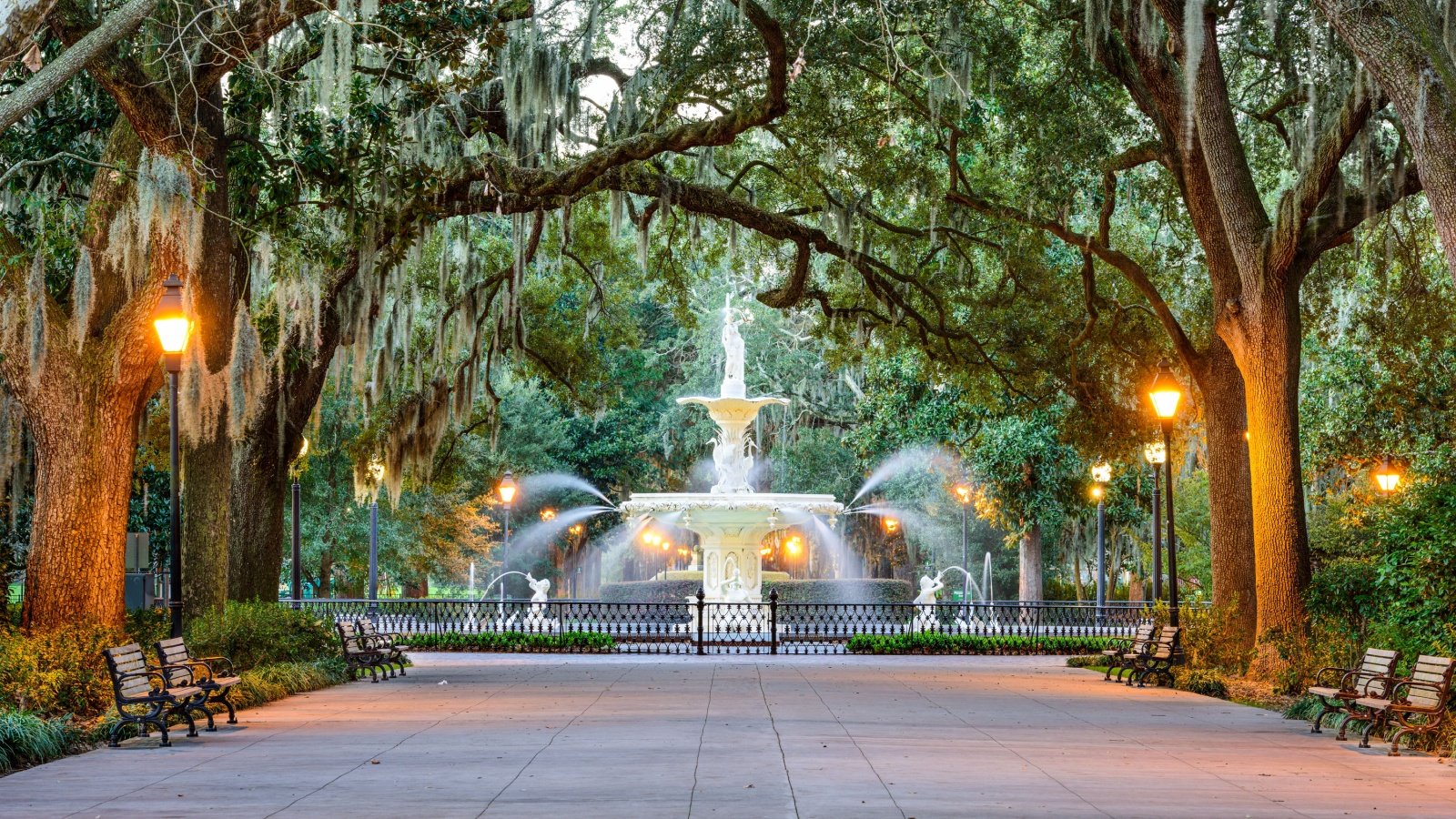
Founded in 1732, Georgia initially banned slavery but lifted the prohibition by 1751 due to economic pressures. The state quickly became a major cotton producer, necessitating a large enslaved workforce. By the Civil War, nearly half of Georgia’s population was enslaved, reflecting its strong ties to the institution.
Mississippi
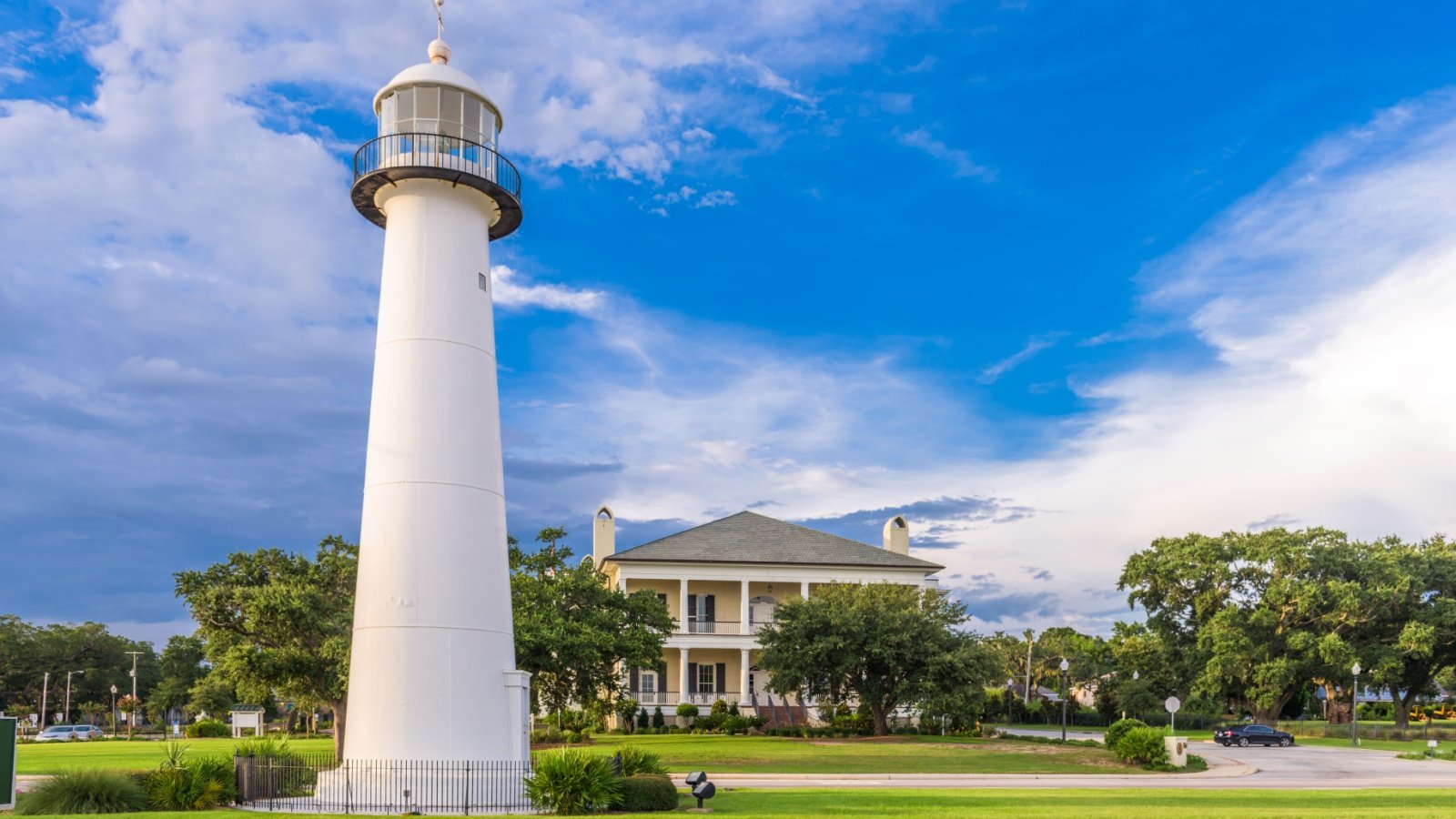
Mississippi’s economy was dominated by cotton production, heavily reliant on slave labor. By 1860, the state had the highest percentage of enslaved people in the United States, with over 55% of its population enslaved. The Mississippi Delta, known for its fertile land, became synonymous with the extensive use of slave labor.
Alabama

Alabama’s rich soil and favorable climate made it a prime location for cotton plantations, which depended on enslaved labor. The state experienced rapid growth in its slave population throughout the early 19th century. By 1860, slaves comprised about 45% of Alabama’s population, underscoring its reliance on slavery.
Texas

Slavery in Texas began under Spanish rule and expanded significantly after its independence and subsequent annexation by the United States. The state’s vast plantations required a large number of enslaved workers, particularly for cotton production. By the time of the Civil War, enslaved people made up about 30% of Texas’s population.
North Carolina
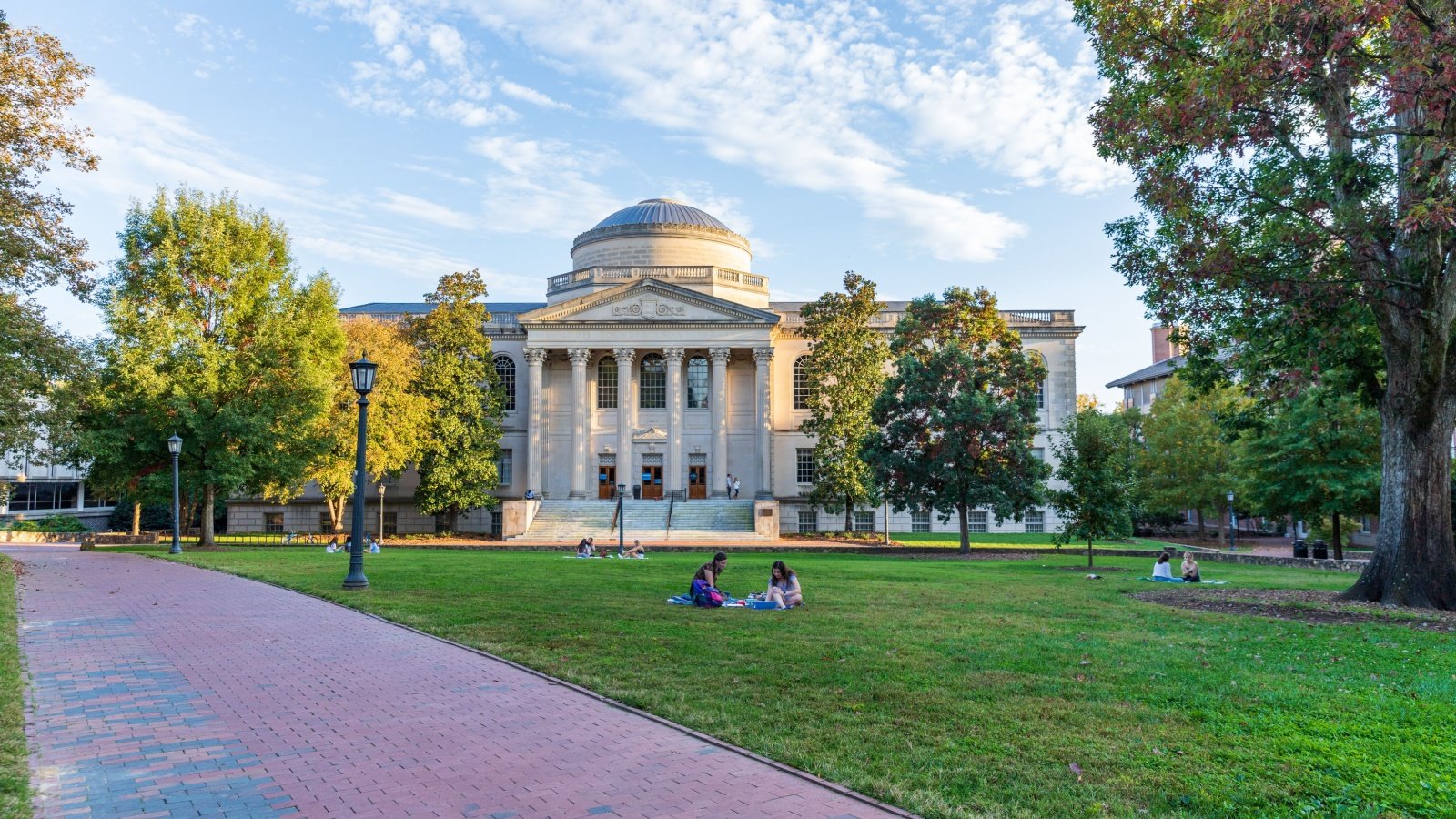
North Carolina’s economy, particularly in the eastern part of the state, was heavily dependent on slave labor for tobacco and cotton farming. Enslaved people made up a significant portion of the population, especially in rural areas. The state also had a notable number of enslaved artisans and craftsmen.
Tennessee

Tennessee utilized enslaved labor primarily in its cotton and tobacco industries. The state’s central location made it a hub for the internal slave trade. By 1860, nearly one-third of Tennessee’s population was enslaved, reflecting its deep ties to the institution of slavery.
Kentucky
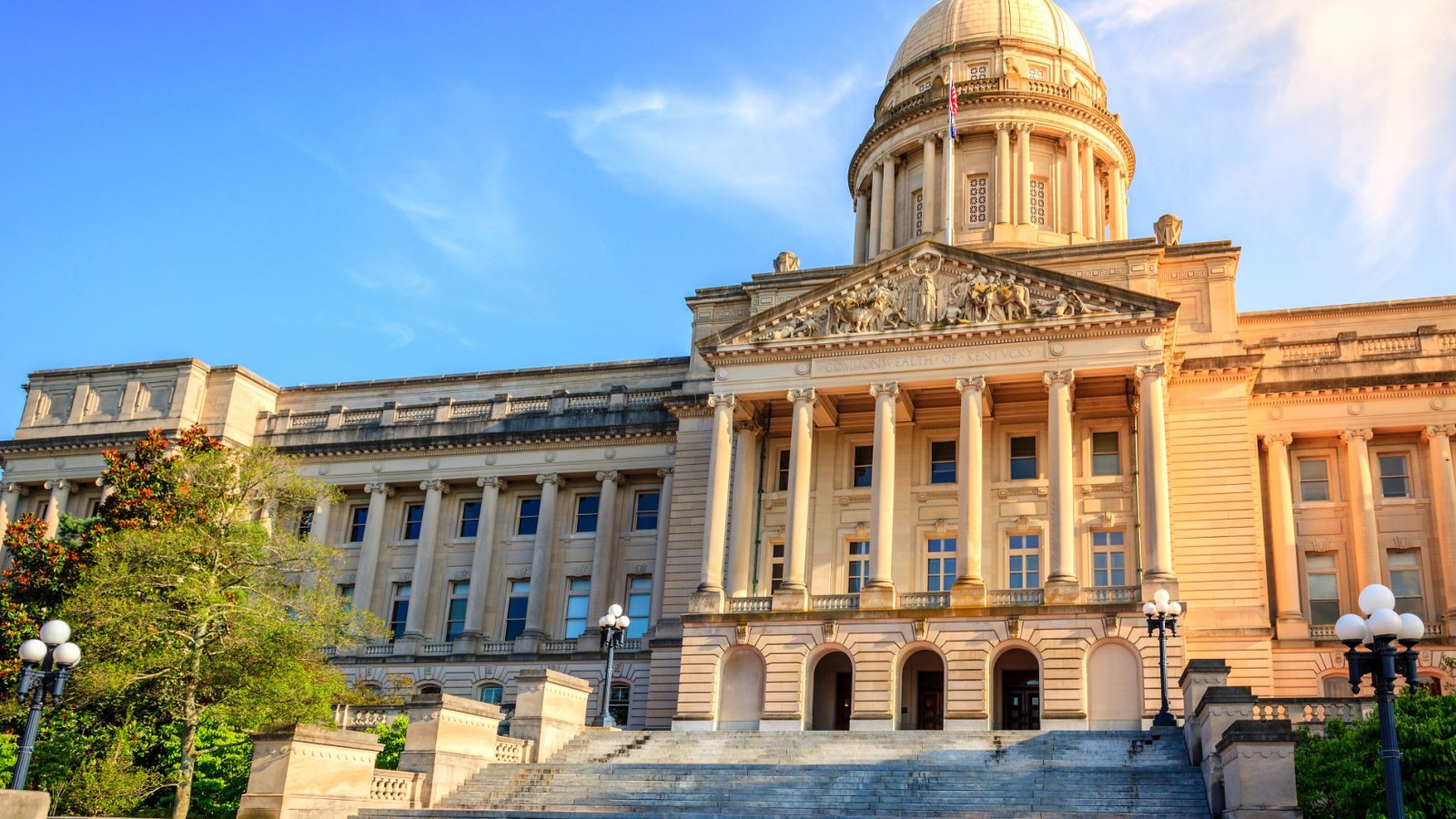
Although Kentucky had a lower percentage of enslaved people compared to some Deep South states, it was still a significant slaveholding state. The state’s economy relied on enslaved labor for tobacco farming and horse breeding. Kentucky’s central location made it a key state for the domestic slave trade.
Maryland
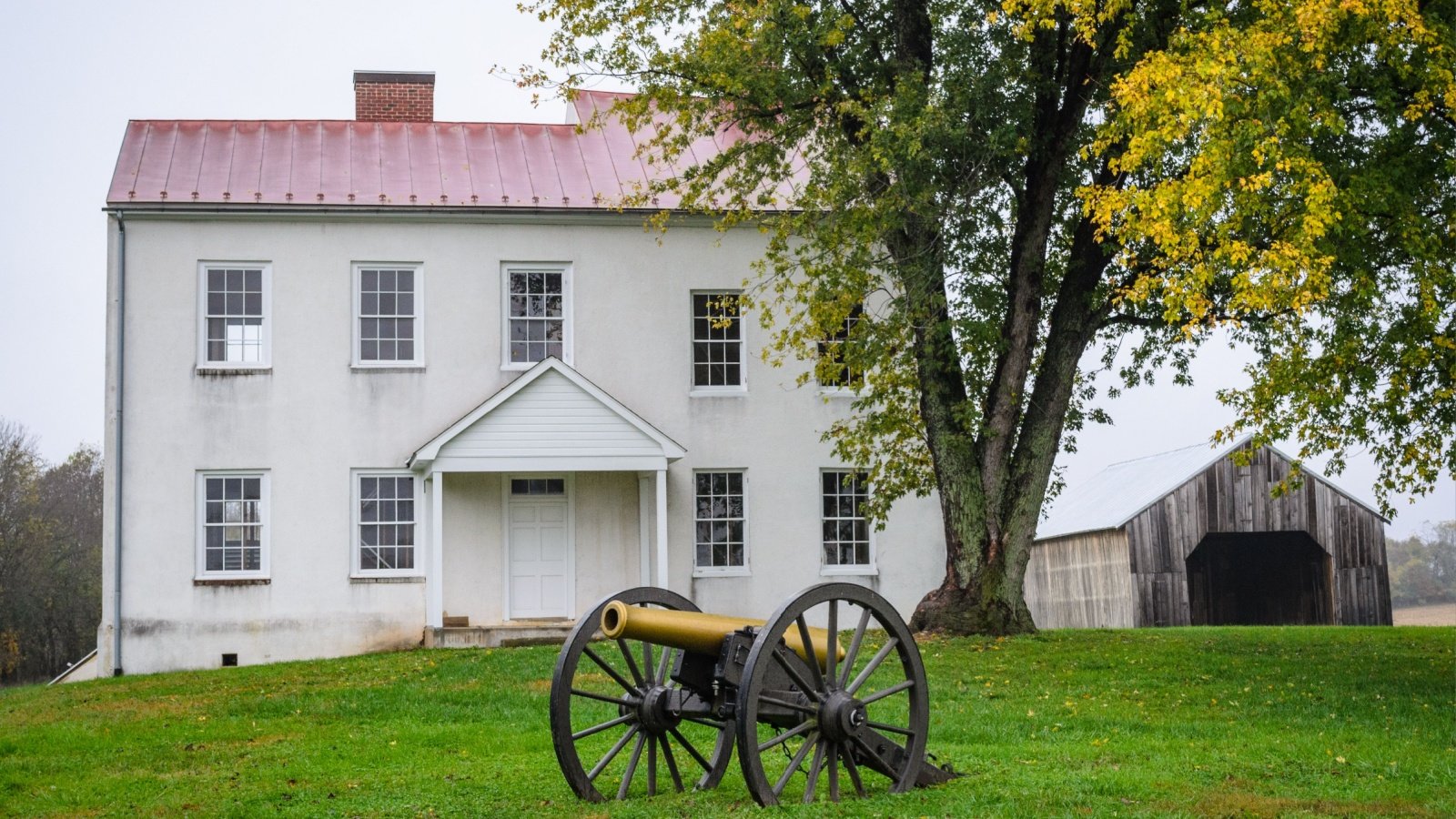
Maryland’s economy benefited from both tobacco farming and the domestic slave trade. The state had one of the highest numbers of free blacks, but slavery was still deeply entrenched. Maryland’s proximity to Washington, D.C., also made it a critical area for runaway slaves seeking freedom.
Arkansas

Arkansas’ economy before the Civil War was heavily reliant on cotton plantations that were worked by enslaved laborers. The state saw rapid growth in its enslaved population as settlers moved in from other Southern states. By 1860, slaves constituted about 25% of Arkansas’s population.
Florida
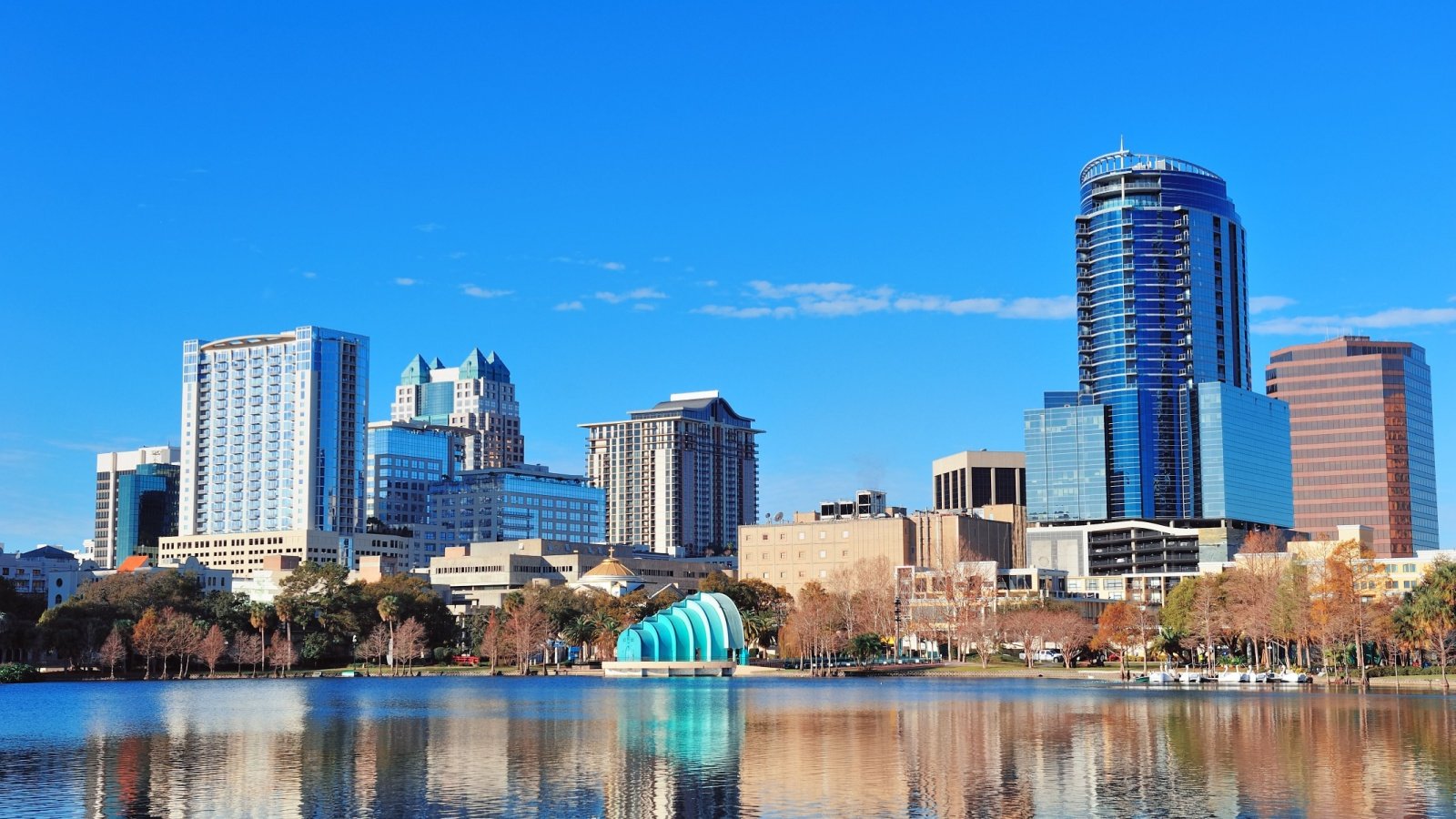
Florida’s agricultural economy depended on slave labor for crops like sugar, cotton, and tobacco. The state’s geographical location made it a key area for the trade of enslaved people. By the Civil War, slaves made up nearly 44% of Florida’s population, highlighting its strong ties to slavery.
West Virginia
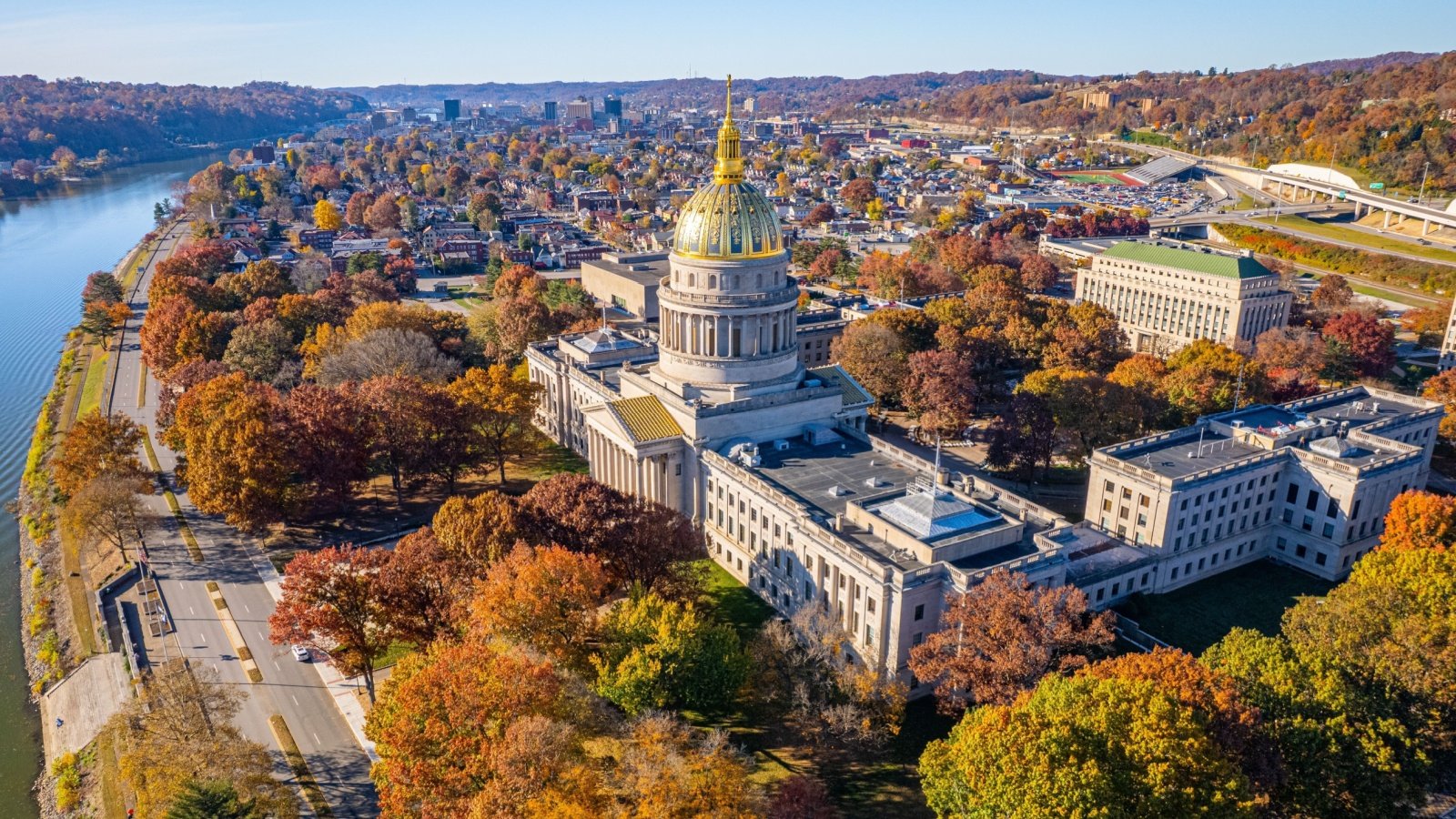
West Virginia, originally part of Virginia, had significant ties to slavery, especially in the eastern and southern regions. The area’s economy included both large plantations and small farms that utilized enslaved labor. West Virginia’s secession from Virginia during the Civil War was partly driven by differing views on slavery.
Illinois

Illinois, like Indiana, was a free state but had significant connections to the institution of slavery. The state was a critical route for the Underground Railroad, aiding many enslaved people in their quest for freedom. Illinois also had legal battles over the status of enslaved people brought into the state.
Kansas

Kansas was a focal point of conflict over the expansion of slavery in the mid-19th century, known as “Bleeding Kansas.” Pro-slavery and anti-slavery settlers clashed violently, impacting national politics. The state’s history during this period illustrates the intense debate over slavery’s expansion in the United States.
Virginia

Virginia was the first British colony to legally recognize slavery in 1661. The state became a major hub for the transatlantic slave trade and relied heavily on slave labor for its tobacco plantations. By the Civil War, nearly one-third of Virginia’s population was enslaved, highlighting its deep ties to the institution of slavery.
Missouri
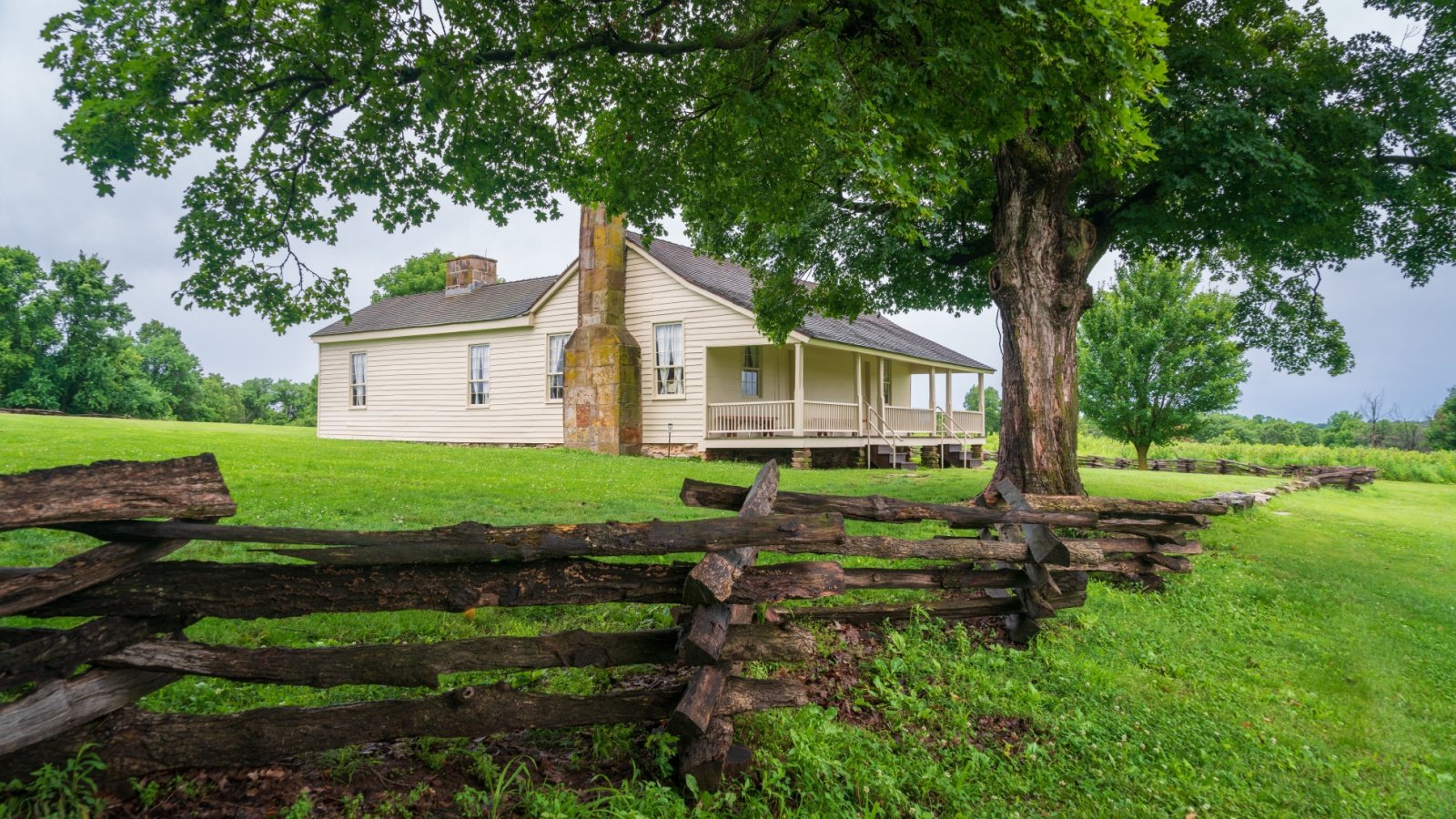
Missouri’s location as a border state meant it had strong ties to both Northern and Southern economies. The state utilized enslaved labor for agriculture, particularly hemp and tobacco. Missouri was a significant battleground in the struggle over the expansion of slavery into new territories.
Delaware

Despite its small size, Delaware had a complex relationship with slavery. The state had both free blacks and enslaved people, with slavery being more prevalent in the southern counties. Delaware was also a crucial state for the Underground Railroad, aiding many enslaved people in their escape to freedom.
Nebraska
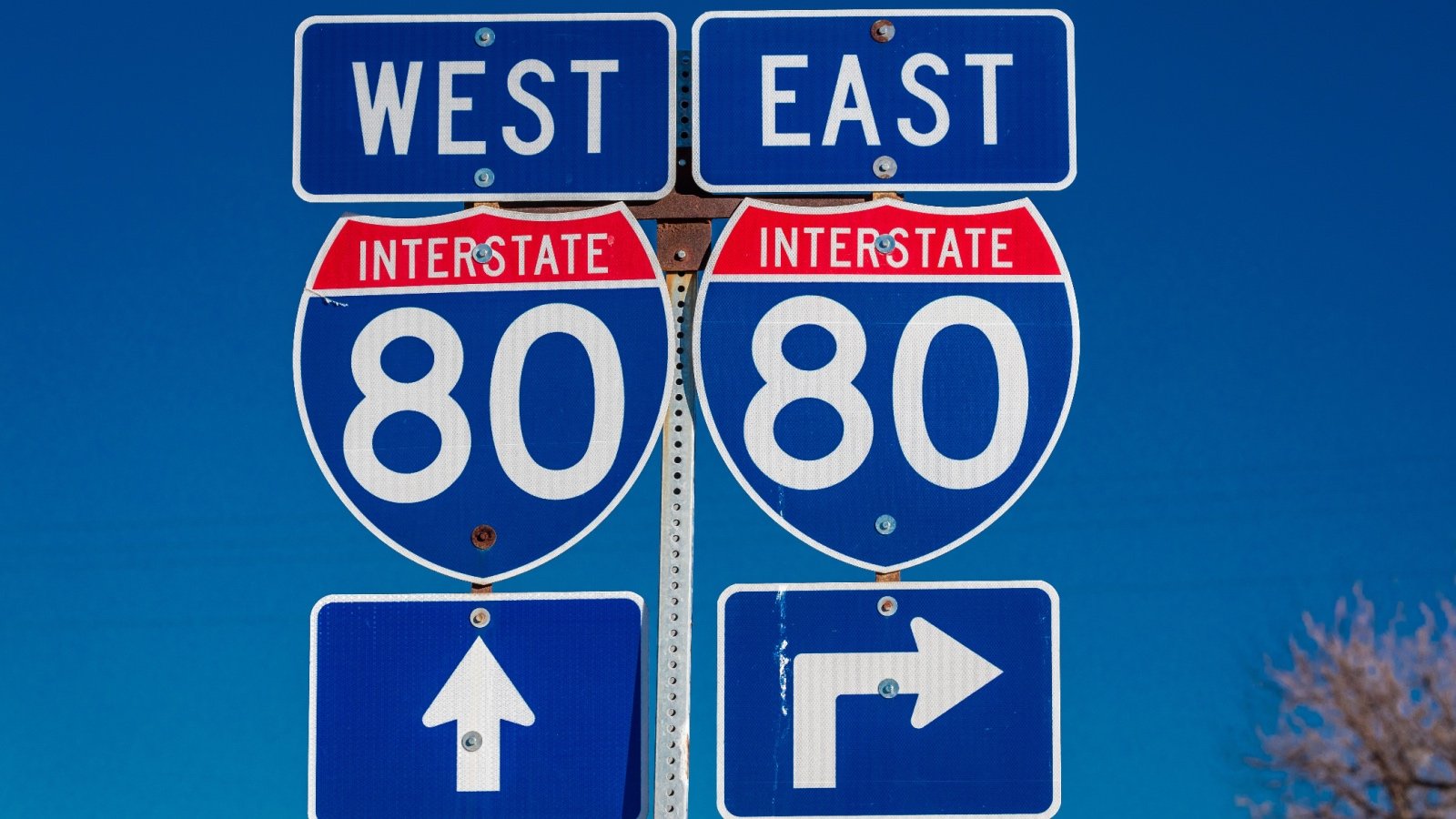
Nebraska Territory saw significant debate over whether it would enter the Union as a free or slave state. The Kansas-Nebraska Act of 1854 allowed the territory to be decided by popular sovereignty, leading to conflict. Nebraska’s early history reflects the national struggle over the expansion of slavery.
Indiana

While Indiana was officially a free state, it had economic and social ties to slavery through neighboring slave states. Some residents participated in the Underground Railroad, helping escaped slaves reach freedom. Indiana’s history reflects the complex interplay between free and slave states in the antebellum period.
Oklahoma
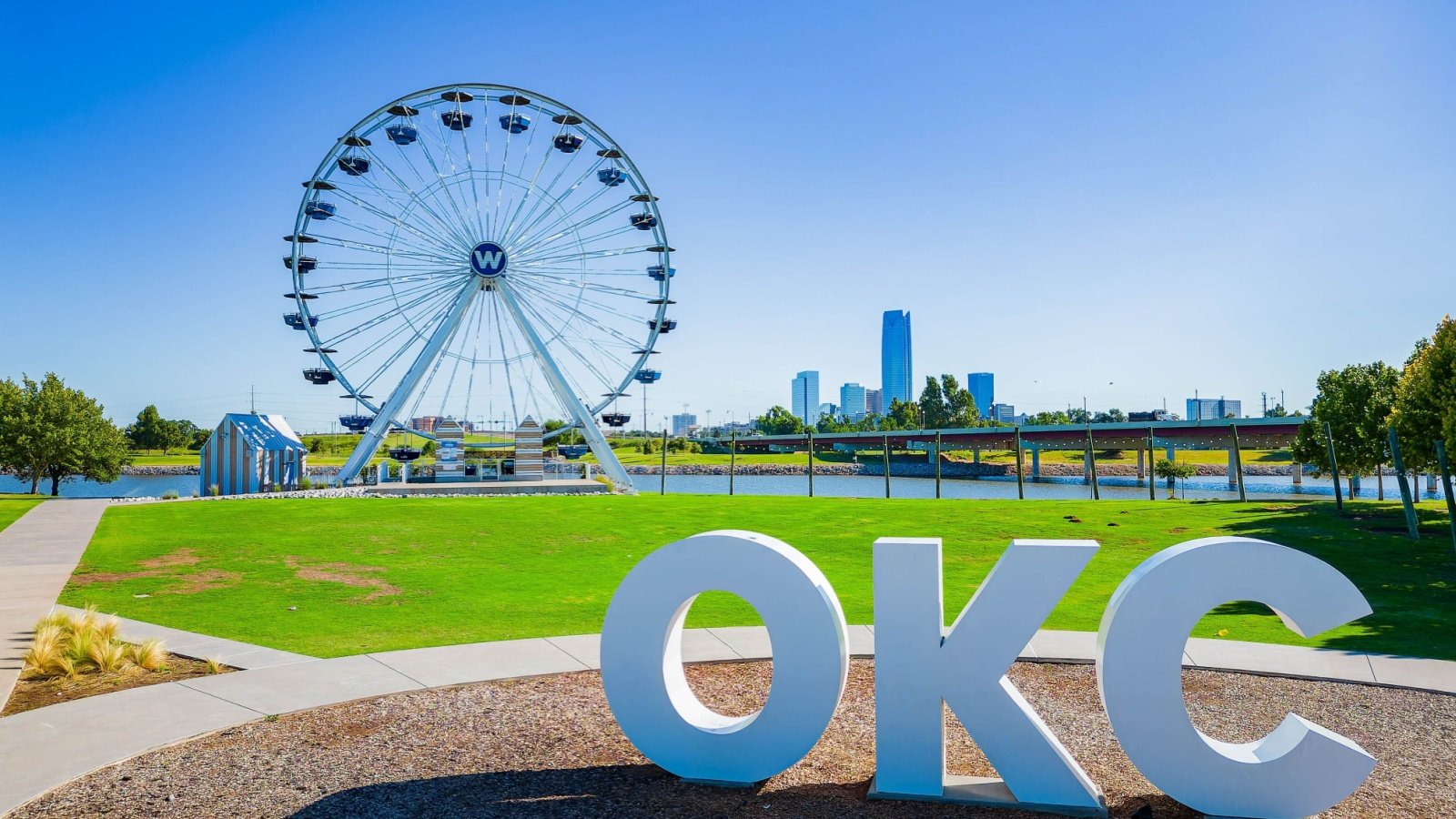
Oklahoma, then known as Indian Territory, had a unique relationship with slavery. Several Native American tribes practiced slavery, aligning with the Confederacy during the Civil War. The legacy of slavery in Oklahoma is intertwined with the complex histories of its Native American populations.



